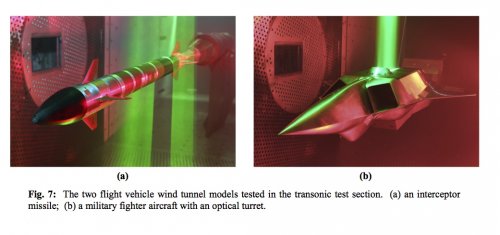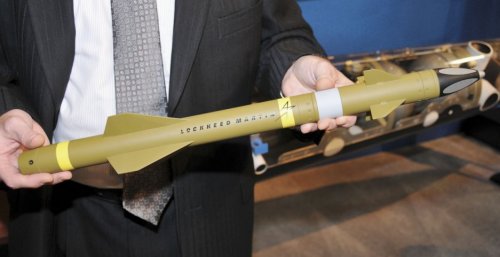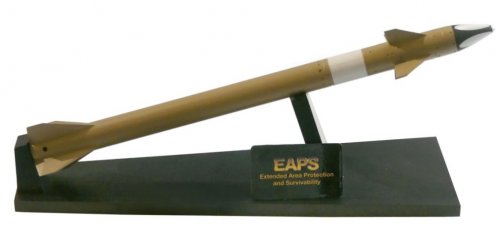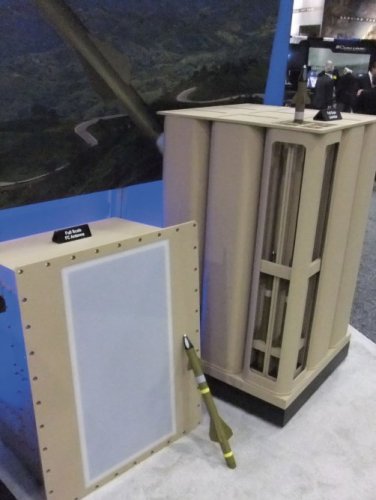AETP just got a bit more real: (dod contracts for 6/30/2016)
General Electric Company GE Aviation, Cincinnati, Ohio, has been awarded a $919,470,655 cost-plus-incentive-fee contract for designing, fabricating, integrating, and testing multiple complete, flight-weight centerline, 45,000 lbs. thrust turbofan adaptive engines. The total value of this contract including a priced option is $1,010,000,000. The Adaptive Engine Transition Program is maturing fuel efficient adaptive engine component technologies and reducing associated risk in preparation for next-generation propulsion system development for multiple combat aircraft applications. Work will be performed at Cincinnati, Ohio, and Arnold Engineering and Development Complex, Tennessee, and is expected to be complete by Sep. 30, 2021. This award is the result of a noncompetitive acquisition. Fiscal year 2016 research and development funds in the amount of $39,100,000.00 are being obligated at the time of award. Air Force Life Cycle Management Center, Wright Patterson Air Force Base, Ohio is the contracting activity (FA8626-16-2138).
United Technologies Corp., Pratt and Whitney, East Hartford, Connecticut, has been awarded a $873,174,143 cost-plus-incentive-fee contract for designing, fabricating, integrating, and testing multiple complete, flight-weight centerline, 45,000 lbs. thrust turbofan adaptive engines. The total value of this contract including a priced option is $1,010,000,000. The Adaptive Engine Transition Program is maturing fuel efficient adaptive engine component technologies and reducing associated risk in preparation for next-generation propulsion system development for multiple combat aircraft applications. Work will be performed at Hartford, Connecticut, West Palm Beach, Florida, Arnold Engineering and Development Complex, Tennessee, and is expected to be complete by Sep. 30, 2021. This award is the result of a noncompetitive acquisition. Fiscal year 2016 research and development funds in the amount of $36,000,000 are being obligated at the time of award. Air Force Life Cycle Management Center, Wright Patterson Air Force Base, Ohio is the contracting activity (FA8626-16-2139).





